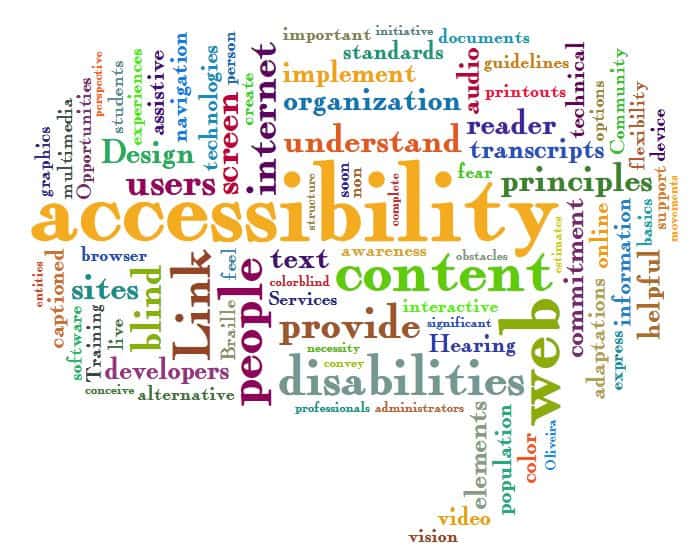Accessibility in elections: Andy Tye, General Manager for UK Engage, discusses current voting processes and how internet voting could help make elections more accessible for people with disabilities.
For years the implementation of internet voting has been debated in relation to helping boost overall voter turnout and aid accessibility for voters with disabilities. More recently, internet voting has featured heavily in both Scottish and Welsh reform consultations, further highlighting the topic of accessibility in elections.
So why is internet voting so appealing in general and how can it make voting easier and aid accessibility in elections?
Ease & Independence
If an individual has access to a computer, tablet or phone and has wireless or other access, internet voting is easy. With a click of a few buttons, a vote can be cast, which makes this method of voting so appealing for voters with disabilities; it provides independence. There’s no need for a voter to travel to a polling station, and in some cases be assisted in the voting process – the journey and effort are eliminated. Voters can make their choices when they want (within the voting period), and where they want, without the need for assistance. This assumes that the voter in question has access to the internet via a device they most likely use regularly.
Accessibility in elections: Examining the accessibility of current methods
Polling stations:
Polling station voting locations will be set up with disability access in mind. The Electoral Commission guidance details ‘needs assessments’ of polling station venues, to ensure accessibility. It recommends using the expertise of the Equalities Officer, or a person with a similar remit, at the local authority.
Ramps, parking, signage, and seating are all considered in the polling station set-up to allow for accessibility in elections. In addition, large print ballot papers and tactile voting devices will be available to assist the voting process, where required. Provisions are in place for the Presiding Officer to walk ballot papers out of the polling station, to a voter who cannot gain access to mark their ballot paper. Presiding Officers and voter companions, can also accompany a voter into the voting booth and mark a ballot paper with the choice verbally expressed by the voter, with others present, to ensure it is marked in accordance with the wishes of the voter.
Postal ballots:
Postal voting offers few options to help with accessibility with the exclusion of tactile voting devices, which can be sent to voters in the post. Standard postal votes sadly do have limitations when it comes to accessibility. For example, should additional help from an individual be required to complete a postal vote (an unofficial proxy), there are limited provisions to police a vote that is given via verbal instruction. Coercion is also a possibility, especially for vulnerable voters.
Proxy voting:
To aid accessibility in elections individuals can ask a proxy to vote on their behalf. This helps voters with a visual impairment, medical issue or disability.
Accessibility in elections: Internet voting
The need to travel and gain access to a particular location to vote is not required for Internet voting. This in itself may have a positive impact on those voters who find it difficult to travel or may see the experience as daunting.
In terms of assistance, internet voting offers voters’ independence to vote alone and in secret, it also eliminates the needed other to be involved. However, voting sites need to use best practice and accessibility standards to ensure they are used by all. Standards for website design such as WCAG 2.0 are advised for all public facing websites and for internet voting this is no exception. Using this standard, websites can be assessed and given a rating (A, AA or AAA) as to how well they meet the standard. The better the site design, the easier the site is to use for all voters.
Disabled or partially sighted voters can use specific software used on their devices to assist their needs when using the internet, e.g. an example of this is screen reading software to aid users to understand exactly what is being shown on the screen. As such software is generic, it wouldn’t know if the information being displayed related to voting, therefore treating it no differently to other website page content and reducing the risk of malicious activity. Other users may use sip and puff devices to make their selections via air pressure.
Summary
Whilst it is acknowledged that the current UK voting processes go a long way to include and make voting accessible within the constraints of paper-based systems, internet voting offers voters’ full flexibility where accessibility is concerned. The secrecy of the vote is a key aspect of UK democracy processes; internet voting removes the need for any third party to assist voters with their selection. If a voter is currently using the internet independently, then the voter can vote independently.

